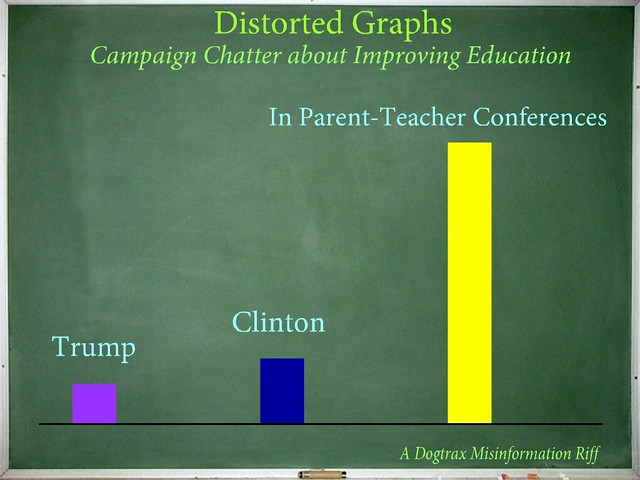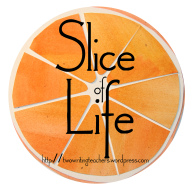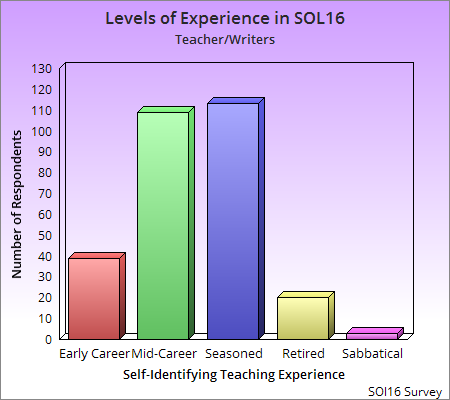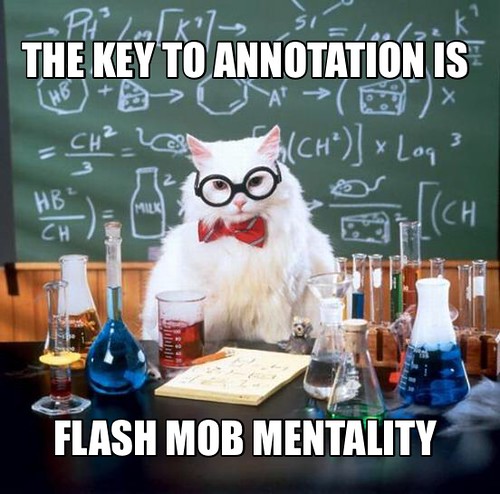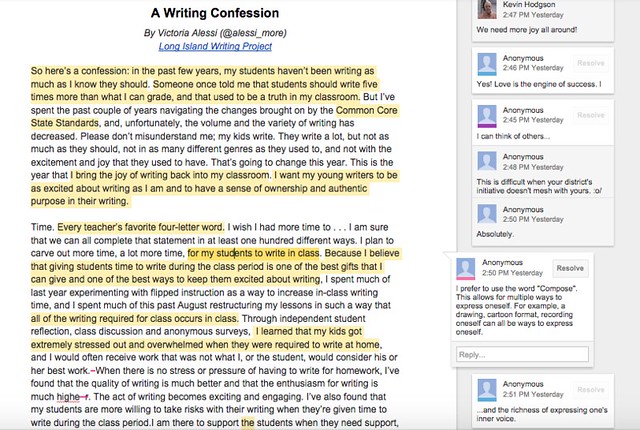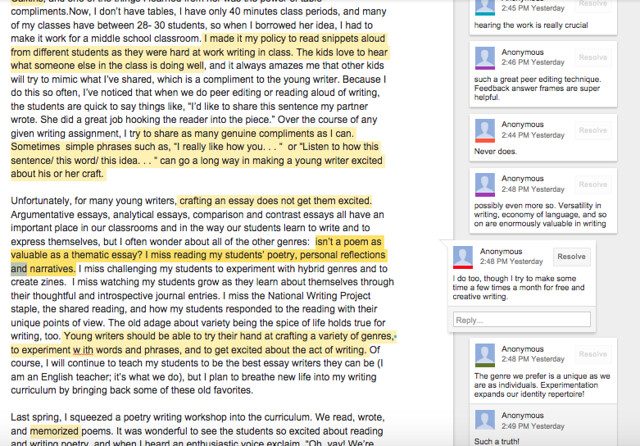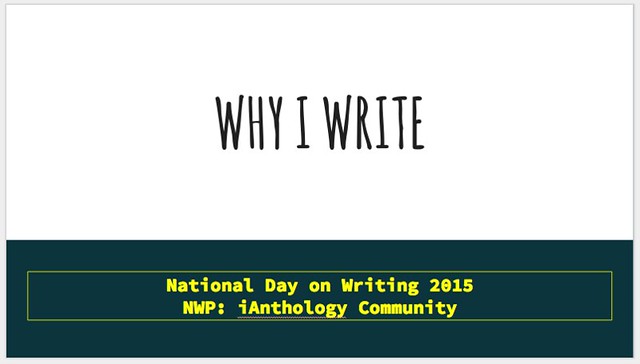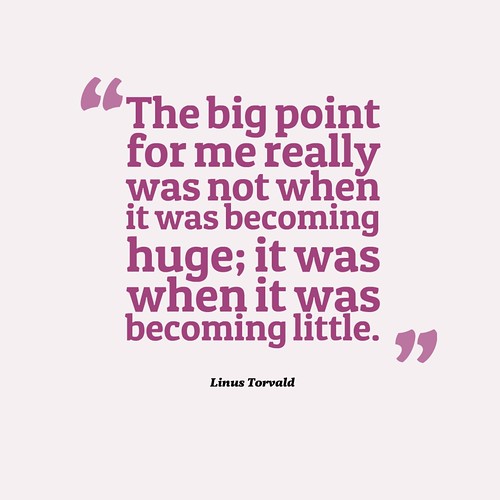
Those of us who have been part of the Making Learning Connected MOOC for the past three summers (and beyond) have been fortunate indeed. The National Writing Project not only conceived and launched the CLMOOC with help of a grant program through the MacArthur Foundation; NWP also funded the work behind the scenes, from stipends for facilitators (I was one) to the technological infrastructure. We all knew the NWP funding would not last, and so it has come to be, it seems. It’s OK, too. NWP and Educator Innovator have a whole lot of cool projects underway for the summer of 2016, including Letters to the President.
But the CLMOOC is not one of them.
While the support of NWP and all of the folks there over the three years has been critical — with extra huge props to Christina Cantrill and Paul Oh and other key current and former NWP players for making it happen — what if we, the denizens of the CLMOOC, took over CLMOOC and made it happen ourselves? NWP has done its part – seeding an idea. Now it’s our turn to nurture the seed.

The coming summer, and the status of CLMOOC, was the center of an informal hangout discussion I was having with Joe Dillon and Terry Elliott the other morning as we bounced around how we might get the CLMOOC up and running for Year Four on our own, with little or no NWP support.
Well, not “our” own, meaning the three of us. I mean “OUR” own — meaning you, too. All of us. Together.
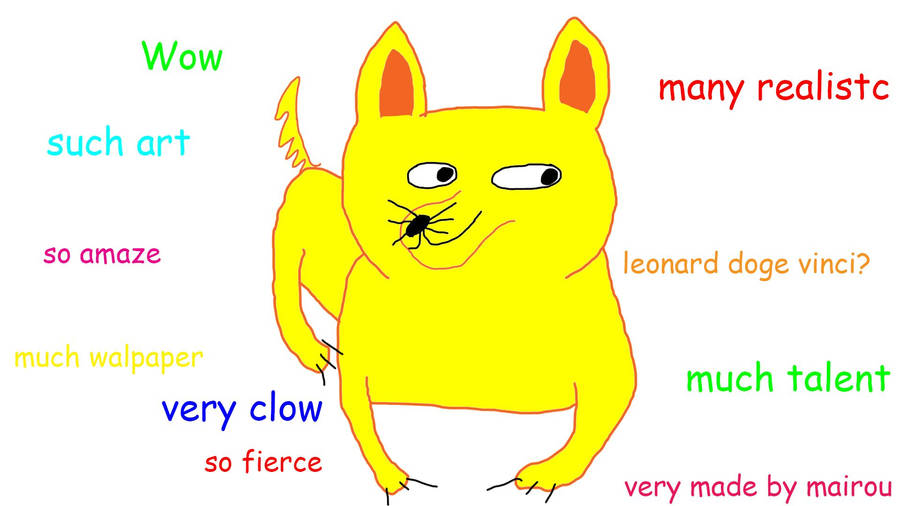
Isn’t that the real dream of the connectivist MOOC ideal? That the people in the learning will run the show and not just participate in what the Oz the Great and Powerful behind the screen says should happen. Granted, turning the keys over to all of us (or in this case, sneaking in through the window at midnight to host a party in the CLMOOC house) potentially makes things messy, and a bit complicated. But it’s our house, after all. We all built it.
And you know what? It doesn’t have to be Massive, as in Massive Open Online Collaboration. Maybe the M in MOOC can also mean “Minimal,” as Linus Torvald’s quote above (shared by Terry in a blog post) notes. What happens when connections get stronger because they are tighter and smaller as opposed to disparate because they are larger? What if we invite the inversion of scale?
Don’t get me wrong. Being part of activities with lots of people has its appeal. You get a sense of the nodes of the world. You feel less isolated in your interests. You feel part of a movement, or something. It’s all part of the Connected Learning theory that the CLMOOC is built upon.
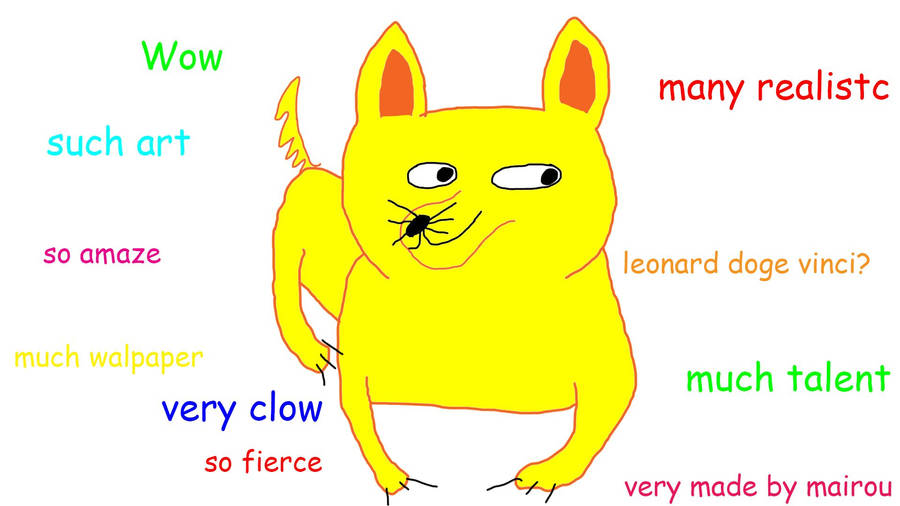
However, you can also get lost in the shuffle when the scale is large and massive. Your voice gets lost at times. But if “Small is the New Large” (that might be a cool meme activity, right?), we might all benefit from tighter connections. We might be more apt to ask more questions of each other or to dig into inquiry together. We might come to know each other a bit better. Our learning would be more than a summer project. It would be part of our professional life.
The somewhat dehumanizing effect of a massive network might be balanced out by the stronger connections among us. We might be “people in a community” as opposed to “nodes in the network.”
So, we’re going to try to plant some seeds this spring for an “unofficial” CLMOOC summer, and we hope you might come along with us. We have no idea how it will go. You can help make it happen, if you want.
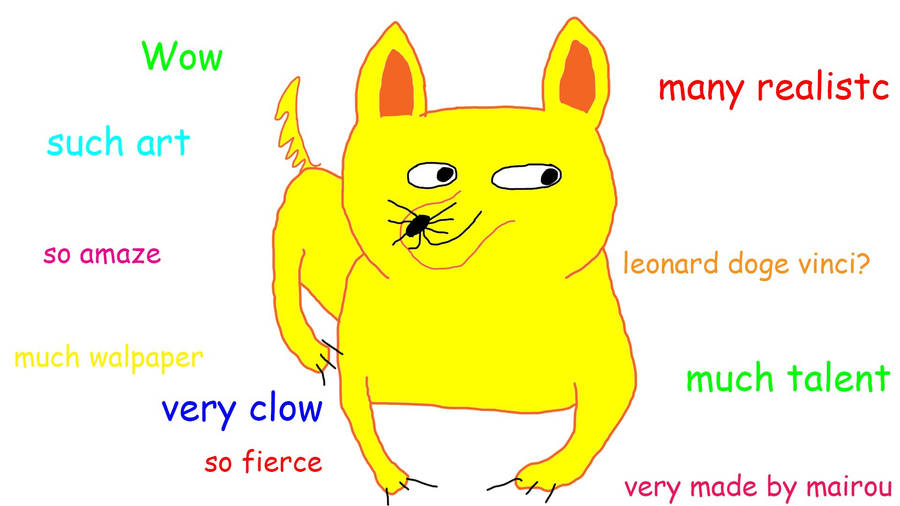
Peace (and beyond),
Kevin
PS — Thank you, NWP, for setting this all in motion to begin with!
